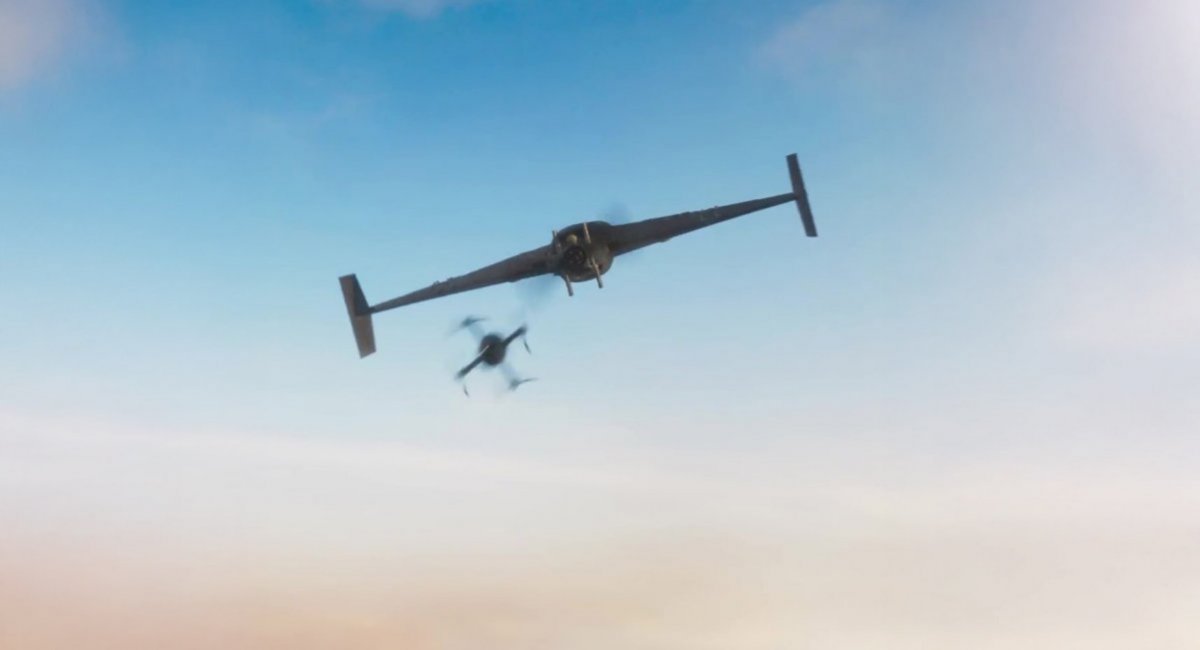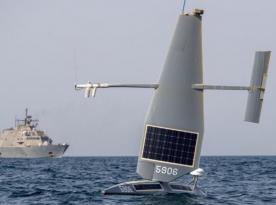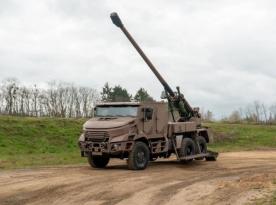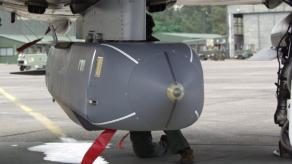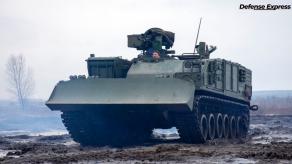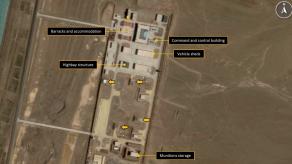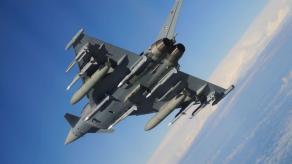The French drone startup Harmattan AI, despite being only 14 months old, has already secured a major contract from France's Directorate General of Armaments (DGA) and offers quite an unusual product in its drone lineup — the Gobi interceptor UAV.
Gobi is specifically designed to intercept other drones, targeting UAVs ranging from Category 1 to Category 3 — that is, from small quadcopters to drones weighing up to 600 kg. According to the developer, the Gobi is already undergoing flight trials and has successfully intercepted test targets. Most importantly, it's promoted as an ultra-cost-effective solution for air defense.
Read more: Czech Excalibur Army Opens Office in Ukraine to Launch Ammunition Production

The drone can reportedly reach speeds of up to 250 km/h and intercept targets at a distance of up to 5 km. Harmattan AI emphasizes the system’s high degree of autonomy.
Gobi is launched automatically upon receiving a command from a surveillance system that scans the airspace for threats. After launch, the UAV navigates to the interception point, which is calculated and updated dynamically. In this phase, it is remotely guided via radio commands. However, Gobi also has an onboard seeker for precise targeting in the final stage of the intercept.
"As GOBI approaches the target, it enters terminal guidance mode to execute a high-precision intercept, leveraging onboard IR and radar systems. Computer vision identifies the optimal impact point and autonomously applies final trajectory adjustments," the description says, highlighting the use of advanced artificial intelligence algorithms.
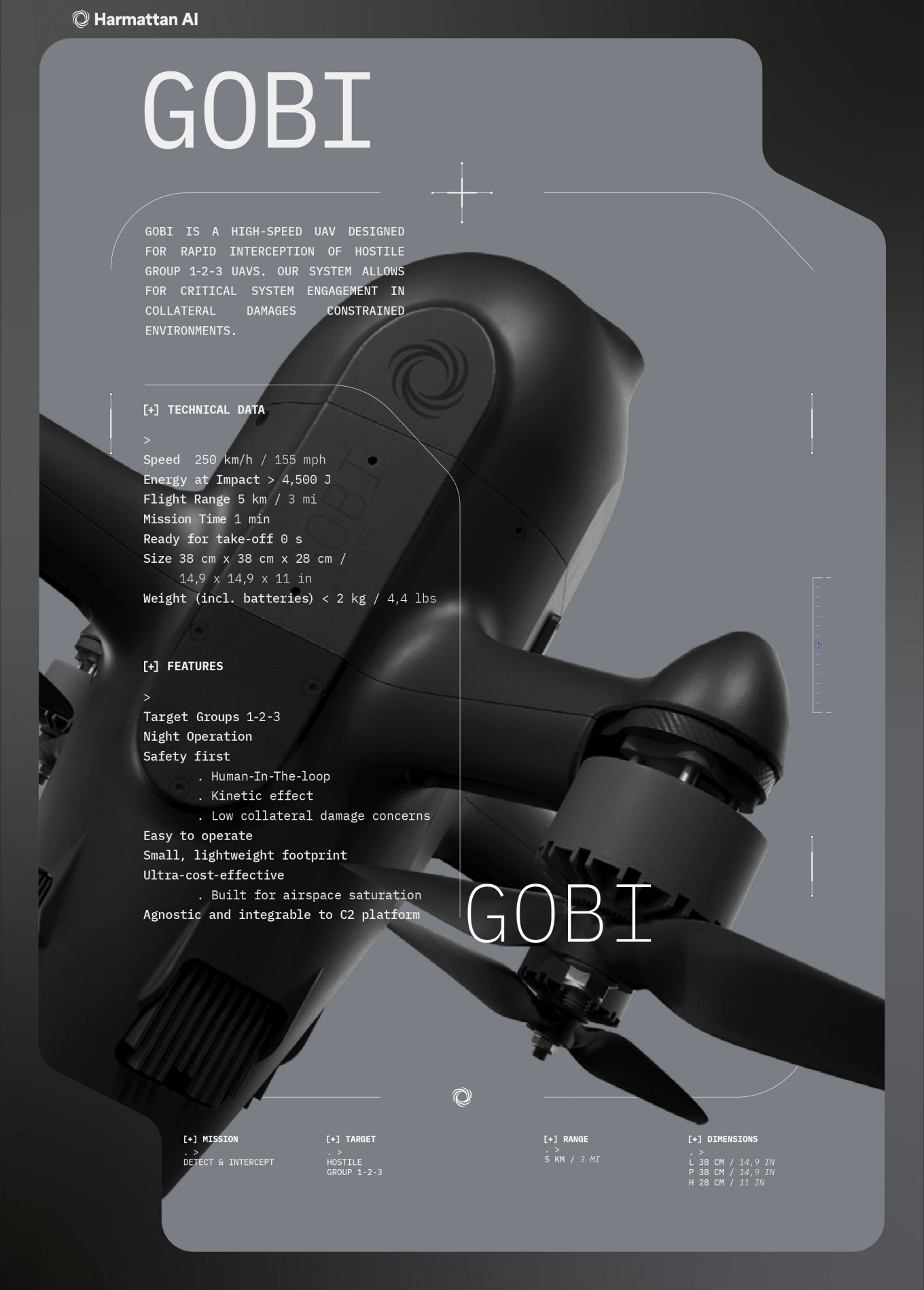
Based on this description, it remains unclear whether Gobi carries its own radar seeker like Raytheon's Coyote Block 2 or simply receives radar data from ground-based systems. The idea of a dual-seeker configuration seems somewhat excessive and hard to reconcile with the "ultra-low-cost" concept.
The most striking detail, however, is that Gobi has no warhead at all. Its task is to physically ram the target — specifically, to precisely strike the rotor or propeller of the enemy drone to disable it. And according to video footage from trials, Gobi has already demonstrated this capability.
However, it's not designed as a reusable weapon. The decision to invest in high-precision crash into the target instead of installing an airburst warhead was most likely dictated by the intention to decrease the take-off weight and production cost of Gobi.
That said, despite its advanced vision system, Gobi remains dependent on visual target detection. Questions about its effectiveness in cloudy, foggy, rainy, or snowy conditions remain unresolved.
Furthermore, for Gobi, it's not enough to simply pass near the target, as would be the case with a proximity fuse. It must physically collide with the target and specifically break its propellers. Whether this concept proves viable on the battlefield remains to be seen.
Read more: France 3D-Prints Bunkers, Germany Builds Trenches Like Lego in Fortification Tech Push



